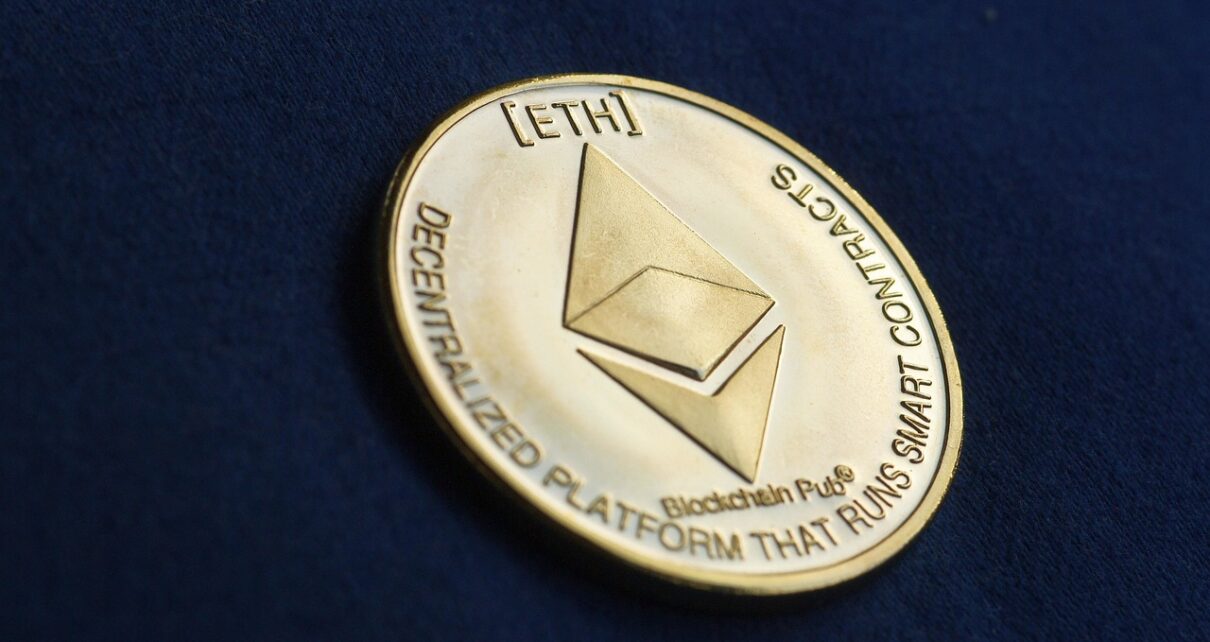Amid a relatively stable period following the approval of Bitcoin ETFs, Ethereum (ETH) has been charting a significant upward trajectory, gradually narrowing its gap with Bitcoin. Currently, Ethereum is trading with a 1.44% increase at a price per ETH of $2,564 on Gate.io, boasting a market capitalization of $308 billion.
Let’s take a look at the recent growth of ETH’s valuation and uncover reasons behind the latest ETH trading trend, as well as look into ways to generate yield with the ETH you already have.
Ethereum’s Market Influence
Recent data from the blockchain analytics firm Santiment indicates a substantial rise in Ethereum’s market influence compared to Bitcoin, with a 22.4% jump over the past week. This time frame has seen the creation of approximately 89.4K new Ethereum addresses daily, highlighting the platform’s escalating popularity. In a remarkable day, over 96.3K new Ethereum wallets were established.
Santiment’s analysis also points to a critical trend regarding Ethereum’s circulating supply on cryptocurrency exchanges, which is approaching a record low of 8.05%. This shift towards personal storage and staking suggests a lower likelihood of a large-scale sell-off, offering a more optimistic outlook than the potential risks associated with an increasing supply on exchanges. These trends provide insights into Ethereum’s current market position and its possible impact on future price trends.
Ethereum’s Prospective Market Behavior
In a recent trading session, Ethereum’s price initially dipped, testing the pivotal $2,500 mark. This level, once a strong resistance point, now seems to act as a robust support base. This price movement indicates Ethereum’s potential entry into a phase of consolidation.
The $2,700 mark is identified as a critical juncture, marking the upper limit of the current trading range. Market analysts view this as a decisive level; a breakthrough could trigger a significant market rally, potentially attracting FOMO-driven investors. Should Ethereum surpass this threshold, it might climb towards $3,400.
On the flip side, a bearish scenario could emerge if Ethereum drops below the “hammer” pattern formed in a Monday session. Such a downturn could lead the cryptocurrency towards its 20-Day Exponential Moving Average (EMA), which currently lies around $2,300. Market participants are keenly watching these essential levels, anticipating possible changes in Ethereum’s short-term market direction.
Staking: Putting your ETH to work
Ethereum staking has become a popular way for investors to earn rewards by supporting the network. Staking involves locking up a certain amount of Ethereum, contributing to the network’s security and efficiency. There are primarily three ways to participate in Ethereum staking: through crypto exchanges, solo staking, and staking via protocols like Lido.
Staking on Crypto Exchanges: This is perhaps the most accessible form of staking for many users. Here, one can stake Ethereum directly through a cryptocurrency exchange platform. Let’s take Gate.io as an example. The exchange handles the technical aspects, making it a convenient option for those not wanting to delve into the more complex aspects of staking. It is also seamless, because you can purchase and stake ETH on the same platform, without having to make additional transactions.
Solo Staking: For those who prefer complete control over their staking process, solo staking is an option. This method requires setting up and maintaining a staking node. This can be done on any hardware that fulfils the requirements or on public cloud, which is what companies like Launchnodes can assist with. While solo staking offers more control and potentially higher rewards, it also demands a significant investment (currently 32 ETH) and technical expertise to manage the node effectively. Solo staking is more suited for long-term stakers, who are comfortable with the associated high-value entry threshold.
Staking via Protocols: Another popular option is using staking services like Lido. These services allow for more flexible staking amounts, lower than the 32 ETH required for solo staking. Lido and similar protocols aggregate user stakes, handle the technical aspects, and distribute rewards. This method provides a balance between ease of use and maintaining some degree of control over your assets, making it an attractive option for a wide range of investors.
Each of these staking methods has its pros and cons, depending on an individual’s investment strategy, technical expertise, and risk tolerance. As Ethereum continues to grow, these staking options offer various ways for investors to contribute to the network while earning potential rewards. And it is this, what makes Ethereum a prospective long-term investment. Of course, you always need to do your own research so do not see this as investment advice.
Disclaimer: This is a paid release. The statements, views and opinions expressed in this column are solely those of the content provider and do not necessarily represent those of NewsBTC. NewsBTC does not guarantee the accuracy or timeliness of information available in such content. Do your research and invest at your own risk.
Image by Dean Crosby from Pixabay





